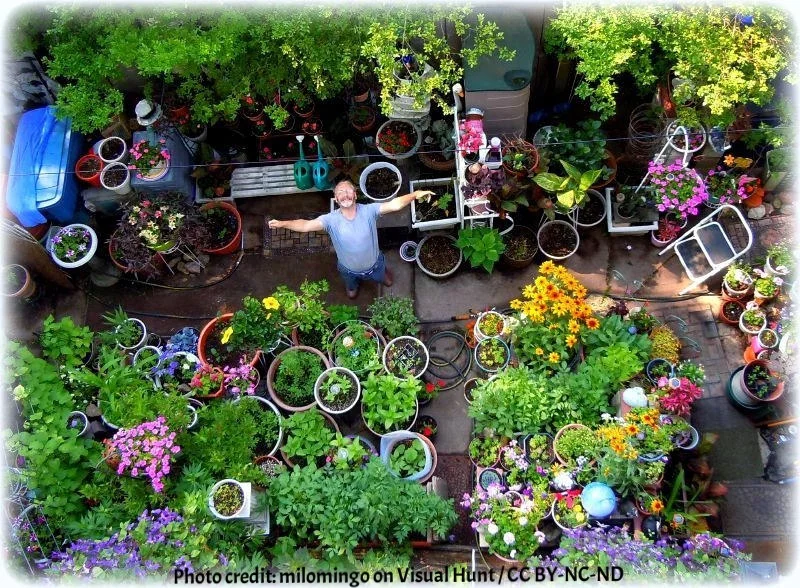Preparing Your Bee-Attracting Garden for Winter
/Bees, unfortunately, are disappearing at a rapid rate. Those of us who are already gardeners are doing their part to sole the problem by setting up a bee-friendly series of plants. The Honey Bee Conservancy offers some tips for those who are not aware of what makes a garden attractive to pollinators like bees. Bee-friendly gardening is a year-round task, and with fall approaching it’s important to prepare. Winterizing your garden and planting cool weather-blooming species that will keep the bees coming back are crucial steps in making fall adjustments.
Read More














![Eco-Labels Around the World (Interactive Infographic]](https://images.squarespace-cdn.com/content/v1/526e7179e4b0dda0159f0a13/1525479978026-KHAACVZPYUWB4PXLKCUR/ecolabels2.jpg)




































